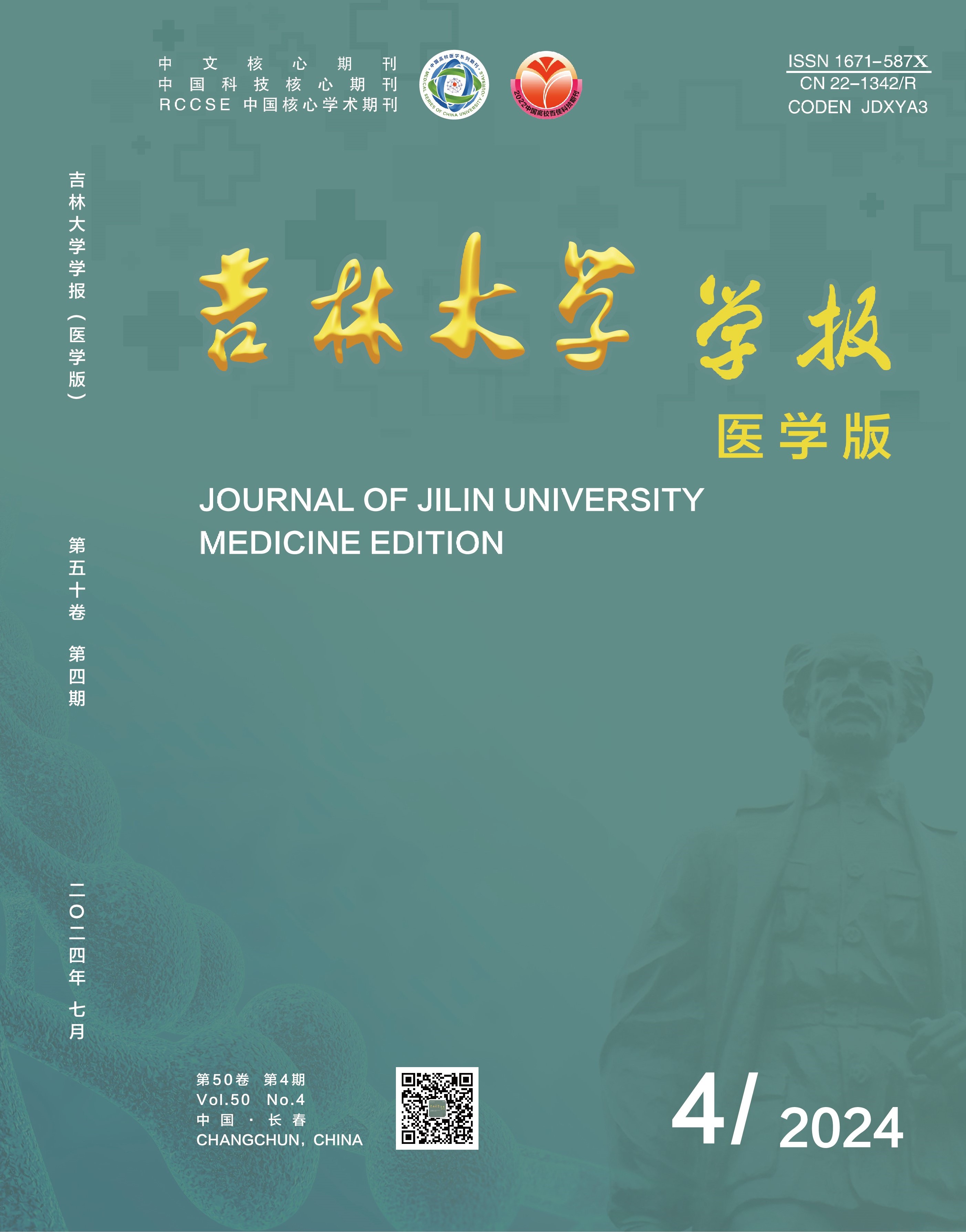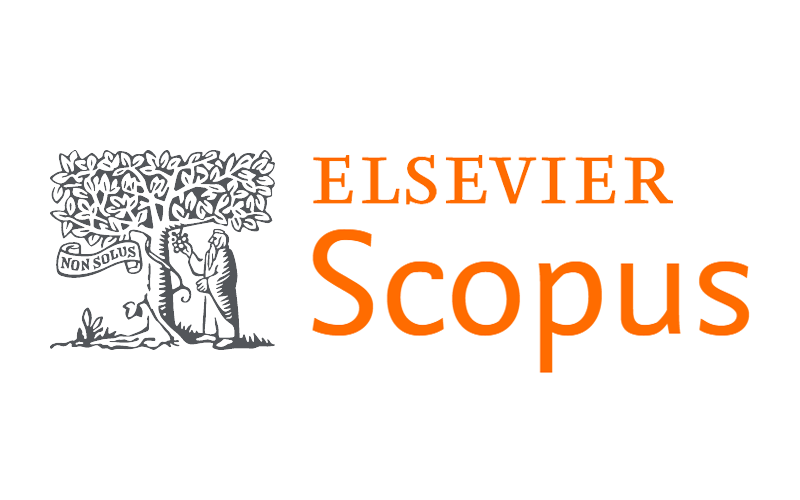Objective To discuss the effect of cold exposure on nociception in the rats and its regulatory mechanism on transient receptor potential (TRP) ion channels in the sensory neurons, and to provide the basis for clarifying the biological mechanism of cold-sensitive pain. Methods Sixteen female SD rats were divided into control group (n=8) and cold group (n=8). The rats in control group were exposed to the environment of (24±2)℃, and the rats in cold group were exposed to low temperature (4 ℃±1 ℃) in an artificial intelligence climate chamber for 4 h daily, for one week. Von Frey filaments were used to detect the mechanical withdrawal threshold (MWT) of the rats in two groups; immunofluorescence staining was used to observe the expression levels of TRPA1, TRPM8, TRPV1, and TRPV4 in dorsal root ganglion (DRG) tissue of the rats in two groups, the expression levels of calcitonin gene-related peptide (CGRP) and substance P (SP) in DRG tissue of the rats in two groups, and the expression levels of TRPA1, TRPM8, TRPV1, and TRPV4 in synovial tissue of the rats in two groups. Results Compared with control group, the MWT of the rats in cold group was significantly decreased (P< 0.05), the expression levels of TRPA1 and TRPM8 in DRG tissue were significantly increased (P< 0.05), the expression level of TRPV1 was significantly decreased (P<0.05), there was no significant difference in the expression level of TRPV4 (P>0.05), and the expression levels of CGRP and SP were significantly increased (P<0.05). Compared with control group, the expression level of TRPA1 in synovial tissue of the rats in cold group was significantly increased (P<0.05), while the expression levels of TRPM8, TRPV1, and TRPV4 were significantly decreased (P<0.05). Conclusion Short-term cold exposure can induce the hyperalgesia of the rats, and its mechanism may be associated with the changes in the expression of TRP ion channels in DRG and synovial tissues. TRPA1 sensory neurons play an important role in local joint cold pain.

 Table of Content
Table of Content
 Guide to Authors
Guide to Authors


